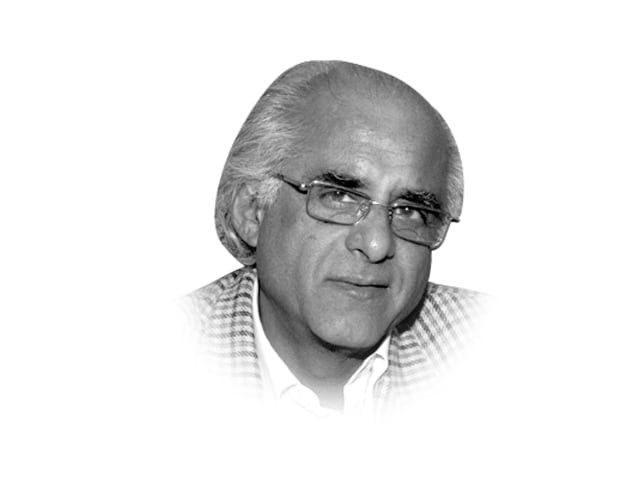Samarkand Fort
Howsoever it may have got the title, the fort and the little built-up area below it did not remain long in use.

Local fraudsters claiming to be historians will tell you this was the original Samarkand whence the inhabitants migrated to and settled in the better known city of the same name, in Uzbekistan, in or about the year 250 CE. Little do these charlatans know that Samarkand in Central Asia was where Alexander, in a drunken rage, killed his general Cleitos. This was the very man who had saved Alexander from an attacker in the thick of battle on the Granicus River in Turkey. But that is beside the point.
In 1994, my revered guru, Dr Saifur Rahman Dar led an archaeological mission to the Salt Range and concluded that the construction of what little remained of the fort, clearly dated to the early 13th century. Dr Dar was also given a coin by a local and the information that it was minted at ‘Darul Mulk Delhi’. The worn inscription was frustratingly limited to ‘Shah (illegible) Sultan’.
While the fort stood on the ridge, the coin was found from the flat area below, which was once the site of a residential area. Of the houses, however, nothing is now left. Both the remains of the fort and the coin give Samarkand a tentative date of the 13th century.
We must remember that in February 1221, Jalaluddin Khwarazm on the run from the Mongols passed through this area. Here, he befriended the local chieftain Rai Sangin of the Khokhars. With the Mongols breathing down on the man, I imagine he would have asked his host if there was a secret sanctuary to shelter from his tormentors. Rai Sangin may have taken him to the fortress hidden away behind the ridges.
Later that year, when Jalaluddin returned from his raid on Multan and Uch with some of the treasure of Nasiruddin Qabacha, he may have paid Rai Sangin the necessary funds to enlarge and strengthen the fort. Then, as the monsoon rolled around, the hills breaking out in a profusion of verdure may have reminded the Central Asiatic fugitive of his lost country.
Could it be that in a paroxysm of nostalgia, Jalaluddin sighed ‘Oh, Samarkand!’ and the name stuck to the newly enlarged fort? Conversely, it is also likely that seeing the greenery suddenly break out across the otherwise spare hills in the August showers, the man may have requested his host to call it Samarkand after the famous city.
Howsoever it may have got the title, the fort and the little built-up area below it did not remain long in use. The reason being the scarcity of water. As well as that, situated in the midst of mountainous country, impossible for wheeled traffic to negotiate, the fortress could only have served as a safe haven for fugitives like Jalaluddin. It was never destined to be a great and famous city, no matter what local sham historians may tell unsuspecting visitors.
Postscript: Just outside Maira Emma there is a well that delivers up sweet drinking water to this day and is the only source of water for the village. Among the limestone blocks that made up the well, there was one with a Kharoshti inscription. It gave the names which — since there were no royal titles — were believed to be of ordinary persons. Because it also mentioned the word sramanera — Buddhist lay brother — the stone revealed the religion of the person who ordered it. The year ‘Sam [Samvat] 58’ on the stone corresponded with the first year of the Common Era.
The stone was removed to the Lahore Museum and the first decipherment of the inscription was done in the 1850s. Thereafter, it was misplaced. It is now impossible to know if the stone was especially cut to be used in the well or if it was appropriated from the ruins of another earlier building.
Published in The Express Tribune, February 4th, 2012.














COMMENTS
Comments are moderated and generally will be posted if they are on-topic and not abusive.
For more information, please see our Comments FAQ